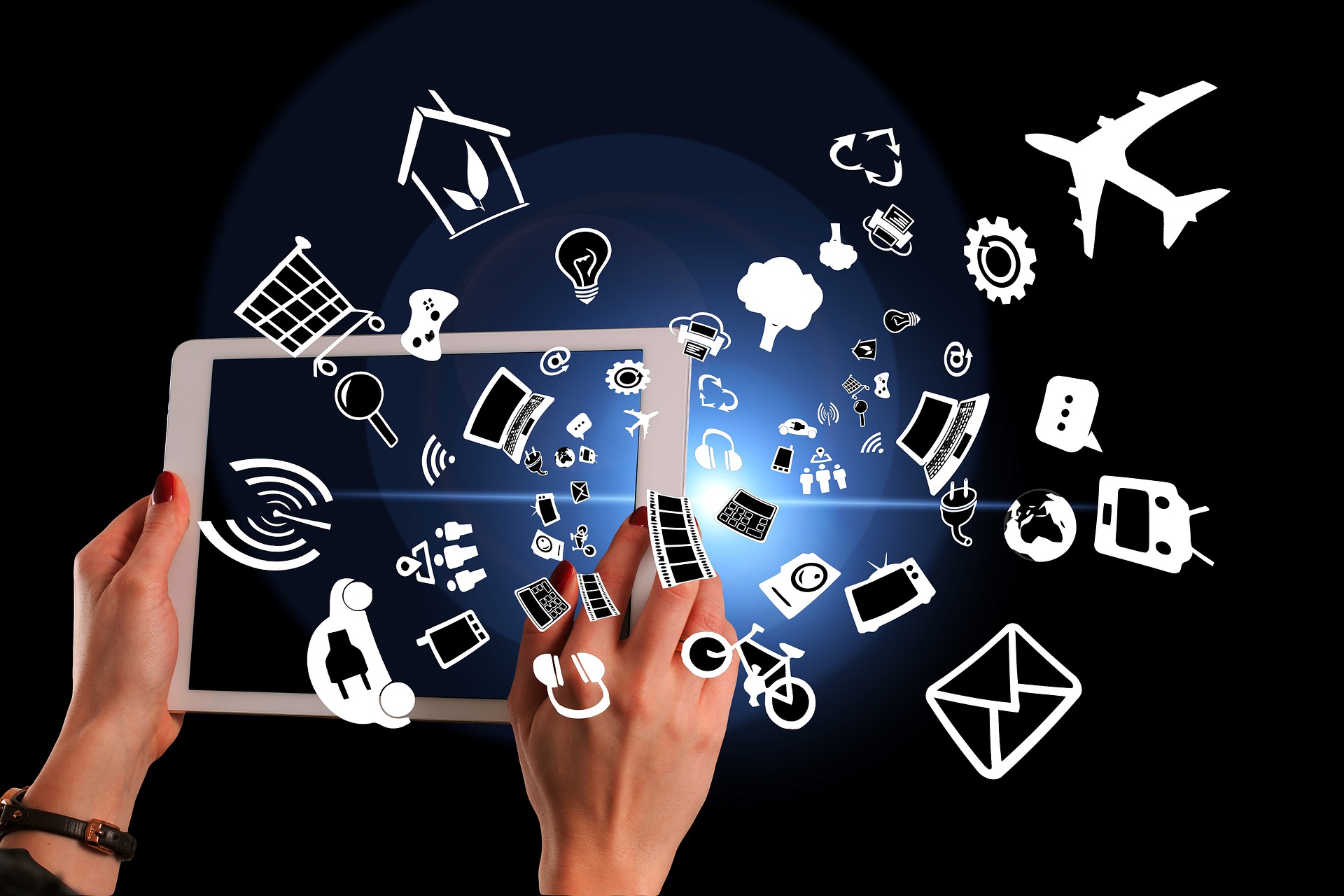Understanding Remote Device Management and Access Control
Remote Device Management (RDM) has become essential for businesses and individuals who need to monitor, control, and secure devices from anywhere. Whether managing smartphones, tablets, computers, or IoT devices, RDM solutions provide centralized oversight and control capabilities that enhance productivity and security across distributed environments.

Modern technology demands efficient ways to oversee multiple devices without physical presence. Remote Device Management encompasses software solutions and platforms that enable administrators to monitor, configure, troubleshoot, and secure devices from a centralized location. This technology has evolved from simple remote desktop tools to comprehensive management systems capable of handling thousands of devices simultaneously across various operating systems and hardware types.
What Is Remote Device Management?
Remote Device Management refers to the ability to administer and control electronic devices from a distance using internet connectivity or network infrastructure. These systems allow IT professionals, business owners, and even individual users to perform tasks such as software updates, security patches, configuration changes, and troubleshooting without being physically present at the device location. RDM solutions typically include features like real-time monitoring, automated policy enforcement, application management, and remote diagnostics. Organizations use these tools to maintain device fleets for employees working remotely, manage point-of-sale systems across multiple locations, or oversee IoT devices deployed in various environments. The technology reduces downtime, lowers maintenance costs, and ensures consistent security standards across all managed devices.
How to Get Remote Access Control
Obtaining remote access control requires selecting appropriate software or services that match your specific needs. The process typically begins with identifying which devices require management and what level of control is necessary. For businesses, enterprise-grade solutions offer comprehensive features including multi-platform support, advanced security protocols, and scalability options. Individual users might opt for simpler tools designed for personal device management. Implementation involves installing agent software on target devices, configuring access permissions, and establishing secure connection protocols. Most modern RDM platforms support various authentication methods including multi-factor authentication, certificate-based access, and role-based permissions. Cloud-based solutions have simplified deployment by eliminating the need for on-premises infrastructure, allowing users to access management dashboards through web browsers or mobile applications. When setting up remote access control, prioritizing security measures such as encrypted connections, regular credential rotation, and audit logging helps protect against unauthorized access.
Access Control for Phones and Other Devices
Access control capabilities extend across diverse device categories, with smartphones representing a particularly important segment. Mobile Device Management (MDM) solutions allow organizations to enforce security policies, distribute applications, and remotely wipe data from lost or stolen phones. These systems can separate personal and work data on employee-owned devices, ensuring corporate information remains protected while respecting user privacy. Beyond smartphones, access control applies to tablets, laptops, desktop computers, servers, and specialized equipment like medical devices or industrial controllers. Each device type may require specific management approaches, but modern unified endpoint management platforms can handle heterogeneous environments through a single interface. Features commonly include geofencing to restrict device functionality based on location, application whitelisting or blacklisting, network access control, and automated compliance reporting. The ability to remotely lock, locate, or erase devices provides crucial security capabilities when equipment is compromised or employees leave the organization.
Key Features of Remote Device Management Solutions
Comprehensive RDM platforms incorporate multiple capabilities designed to streamline device administration. Inventory management automatically tracks device specifications, installed software, and hardware status, providing visibility into the entire device ecosystem. Configuration management ensures devices maintain consistent settings aligned with organizational policies, automatically correcting deviations. Remote troubleshooting tools enable support teams to diagnose and resolve issues without dispatching technicians, significantly reducing response times and costs. Software distribution features automate application deployment and updates across managed devices, ensuring users have necessary tools while maintaining version consistency. Security management includes patch deployment, antivirus integration, firewall configuration, and threat detection. Reporting and analytics provide insights into device performance, compliance status, and usage patterns, helping organizations make informed decisions about technology investments and policies.
Security Considerations in Remote Access
Implementing remote device management introduces security responsibilities that organizations must address carefully. Strong authentication mechanisms form the foundation of secure remote access, preventing unauthorized individuals from gaining control over devices. Encryption protects data both in transit and at rest, ensuring sensitive information remains confidential even if communications are intercepted. Regular security audits help identify vulnerabilities in the remote access infrastructure before they can be exploited. Organizations should implement least-privilege principles, granting users only the access levels necessary for their roles. Network segmentation can limit the potential impact of compromised credentials by restricting lateral movement within systems. Continuous monitoring for suspicious activities, combined with automated alerts, enables rapid response to potential security incidents. Keeping RDM software updated with the latest security patches addresses known vulnerabilities that attackers might otherwise exploit.
Choosing the Right Remote Device Management Approach
Selecting an appropriate RDM solution depends on factors including the number of devices, supported platforms, required features, and budget constraints. Small businesses might find cloud-based subscription services more economical than maintaining on-premises infrastructure, while large enterprises may prefer hybrid approaches combining cloud flexibility with local control. Compatibility with existing IT systems, ease of deployment, and vendor support quality should influence decision-making. Scalability ensures the chosen solution can accommodate growth without requiring replacement. User experience matters for both administrators managing the system and end-users whose devices are being controlled, as overly complex or intrusive solutions may face resistance. Trial periods offered by many vendors allow organizations to evaluate functionality in their specific environments before committing to long-term contracts. Integration capabilities with other business systems such as help desk software, identity management platforms, and security information systems enhance overall operational efficiency.
Remote Device Management has transformed how organizations and individuals maintain control over their technology assets. By providing centralized oversight, automated maintenance, and enhanced security capabilities, these solutions address the challenges of managing distributed device environments. As workforces become increasingly mobile and IoT deployments expand, the importance of effective remote device management continues to grow, making it an essential component of modern IT infrastructure.




